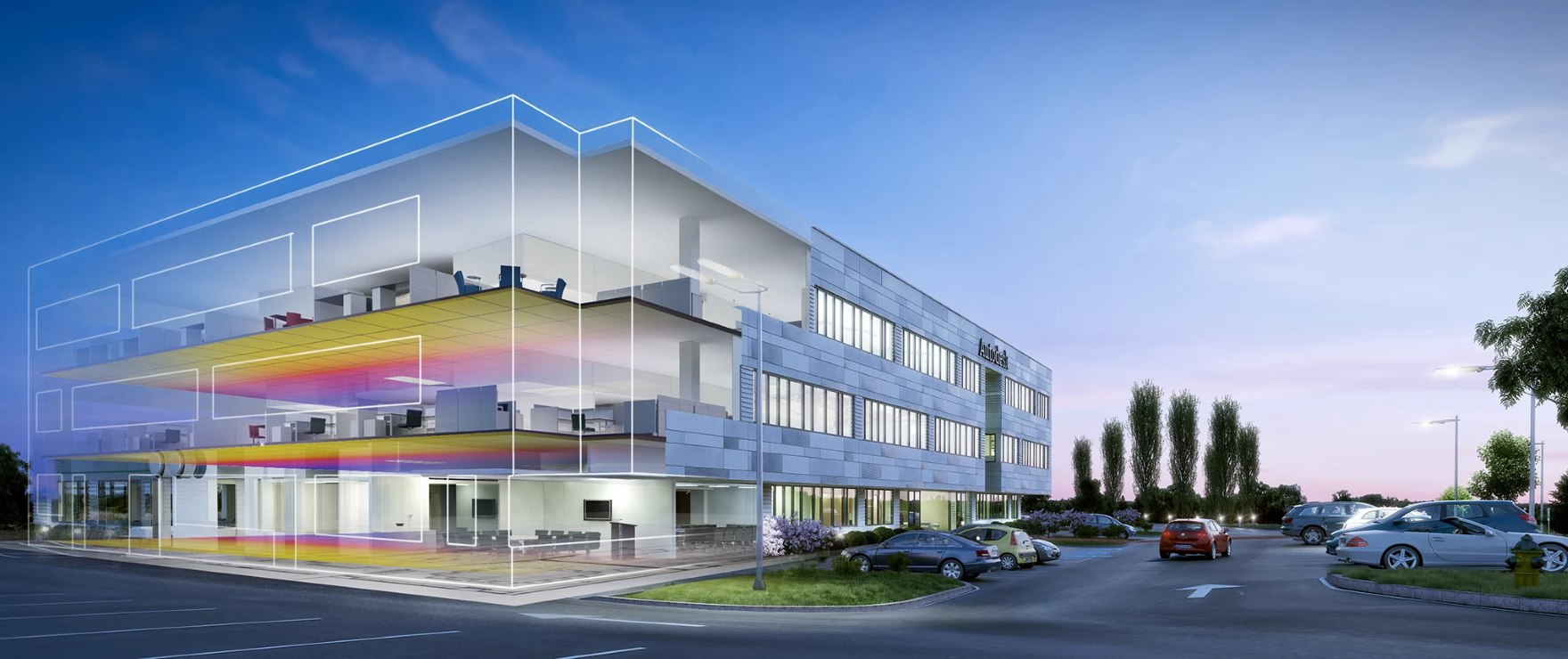
To our customers who wrote the open letter to us about Revit – thank you. You raised important concerns about the development of Revit and functionality needed to do your jobs in a rapidly changing industry. You identified issues that we must take to heart, and which highlight where we’ve fallen short. And while we don’t agree with everything in the letter, we are committed to listening.
We also want to address a few key themes from the letter.
Striking a balance
Like any company, we have finite resources and we make investment decisions and trade-offs based on our understanding of customer and industry needs. And, like any company, we don’t always get it right. (Some of our long-time customers will remember the problematic Revit ribbon from 2010. We own that, and we’ve fixed it.) We have underinvested in architectural modeling functionality in recent years and are working to make that right.
We want to share some of the thinking behind our decision-making with Revit over the past years.
Our goal with Revit has always been to maximize the value it brings to the AEC market, and to do that we must enable all major stakeholders to participate in the BIM process. In pursuit of this goal, we increased our product development to better serve engineering and construction customers. This required several platform projects to improve scalability and performance to support fabrication detail for engineering that also benefited all disciplines. The result of this was a slowdown in development on core architectural modeling capabilities. We recognize the impact this has had on our architectural design customers and at the end of last year we increased our investment and resources for architectural capabilities in Revit. It will take some time for this impact to be fully realized and you can follow our progress at the Revit Public Roadmap.
Our investment in cloud and your data privacy
We heard in the letter how important collaboration is as well as the importance of a robust and high-performing cloud platform. We believe the cloud is the best way to drive transformational change in how teams connect to deliver project outcomes, so we’ve enabled multi-user authoring within and across firms with BIM 360 Design and Revit Cloud Worksharing, a major investment that’s already allowed hundreds of thousands of design professionals to connect. And since trust and confidence are first order principles for the opportunity to manage your project data, our cloud solutions must be highly resilient, secure, and scalable. This foundation, built over the past 7 years, has allowed us to respond to EU-based customers with a new Europe data center. Learn more about our cloud security standards here and more about the measures we take to care for your data here.
Performance
Along with expanding the value of BIM to all stakeholders on a project, it’s critical that our technology is fast and reliable. We won’t nerd out on reliability and performance metrics today, but we spend a substantial percentage of our development resources every year focused on quality and performance in Revit. You can learn more about this in an upcoming series of articles on the Revit Blog.
Openness & Interoperability
We believe opening up access to the Revit engine and data through Forge web-based APIs will enable new, targeted tools to be created to serve the industry. However, since every project will always have a multitude of software products required to deliver the best outcomes, the tools we develop – much less a single tool like Revit – cannot solve all problems. We continue to invest in supporting IFC and based on customer feedback we’ve recently increased development for new industry requirements, focusing on IFC4 certification. This platform-first approach has enabled the strong, open ecosystem we have today. Hundreds of partners and customers continuously customize our products to their individual workflows.
Where we have not been as successful, is taking advantage of those same APIs to build better connections between our products. This is something we are actively working to improve. We have recently shipped better interoperability between Civil 3D and Revit, Revit and Inventor, SketchUp and Revit, and are actively working on improving data flows with these and other products.

What’s next for Revit
Looking to the future, we believe that ways of working will evolve, from the direct modeling of today to outcome-based design driven by analysis (of which Generative Design in Revit is one small step), to the convergence of manufacturing and construction, and that data needs to be unlocked from native formats and flow more readily throughout Autodesk and non-Autodesk products. Powered by the cloud, with experiences spanning desktop, mobile and extended reality, this future looks quite different than a desktop application with hundreds of buttons in the ribbon. Over the next major and point releases you’ll start to see proof points of this direction that you can react to and provide feedback on.
License model changes
We also empathize with customers who have gone through different license models in the last few years as we’ve transformed Autodesk into a subscription-based company that can serve our customers better. Our subscription business model has given a whole set of new customers access to our software, without requiring large upfront investments. There are also positive business drivers that will naturally increase customers’ costs over time – such as adding more subscriptions as their company grows, moving to BIM, and upgrading to industry collections to advance the skills of their employees. We’ve done our best to balance licensing changes with a more valuable experience and trade-in offers that give longtime customers a path to experience these benefits at a cost consistent with what they pay today. For example, we introduced product usage reporting so customers can ensure they’re getting the most from their investment and accurately forecast future spend.
It takes a partnership
Engaging in open dialogue with customers remains fundamental to how we plot our path forward. We do this through forums like Revit Ideas, Revit user groups, and customer executive councils. We bring customers into our offices worldwide to test new features and have made it standard practice for our agile scrum teams to include several customers in their bi-weekly reviews to provide feedback. We also make the Revit roadmap publicly available.
Each year we run a global satisfaction survey, which normally goes to a random sampling of customers. In the spirit of listening first, we are re-opening it, and would value additional customer responses. This survey is entirely anonymous unless you choose to include your email address. The survey can be accessed here.
We will be reaching out to you directly to help us further understand your needs. Your feedback is critical to helping us innovate. And we remain committed to the architecture community and the future of the industry.